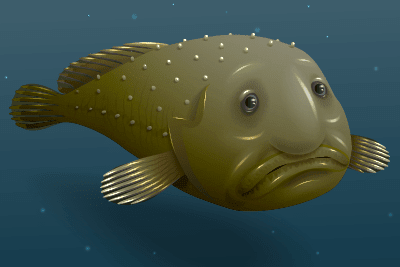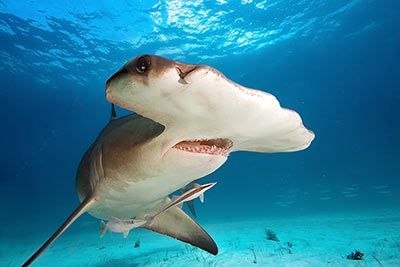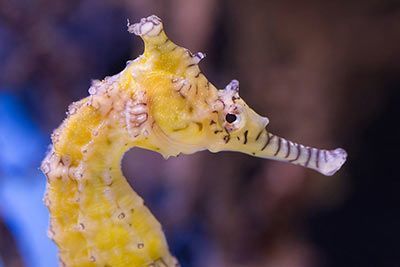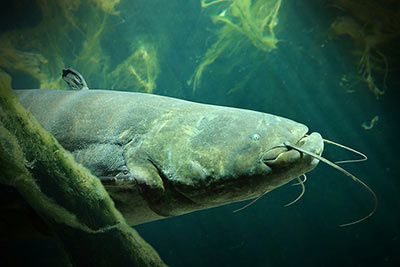Blobfish
Blobfish Facts
| Size | Up to 27 inch (70 cm) |
| Speed | Unknown |
| Weight | Up to 21 lb (9.5 kg) |
| Lifespan | Unknown |
| Food | Crustaceans, sea urchins, mollusks |
| Predators | No natural enemies |
| Habitat | Pacific |
| Order | Cottidae |
| Family | Psychrolutidae |
| Scientific name | Psychrolutes |
| Characteristics | Almost no muscles, gelatinous body |
Main Characteristics
 Blobfish are fish that live on the ocean floor of the South-West Pacific. They live at depths of 2,000-9,200 feet (600-2,800 meters). It’s pitch black and the pressure is so strong that no human could survive down there. That’s why we need special diving robots to explore these depths.
Blobfish are fish that live on the ocean floor of the South-West Pacific. They live at depths of 2,000-9,200 feet (600-2,800 meters). It’s pitch black and the pressure is so strong that no human could survive down there. That’s why we need special diving robots to explore these depths.
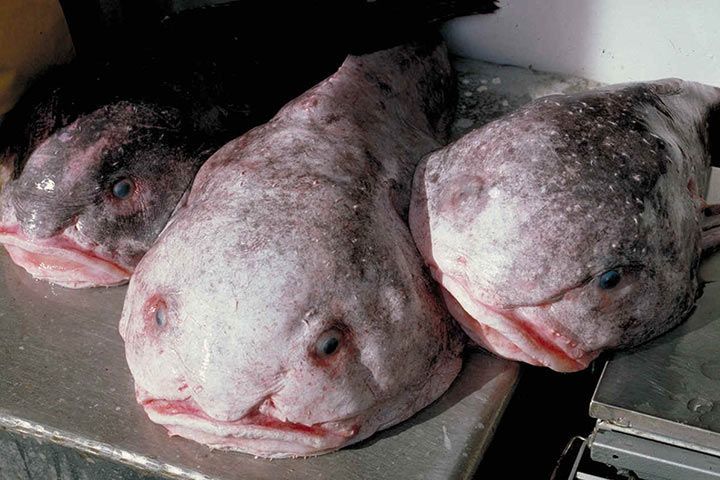
Anatomy and Appearance
The blobfish’s body is made up of a slimy mass that can withstand the extraordinarily high pressure at the bottom of the ocean. It couldn’t survive at the surface. While it looks like a normal fish under water, its body collapses like a limp balloon if it isn’t under enough pressure.
When it's caught by deep-sea fishermen, they take it from the bottom to the top. The closer the fish gets to the water surface, the less pressure is on its body. It inflates into a shapeless balloon. Unfortunately, it can't survive that.
The Biggest Blobfish
There are two kinds of fish in the blobfish family and the biggest is the psychrolutes phrictus, which can be up to 27 inch (70 cm) long and weigh up to 21 lb (9.5 kg). These fish live in the North Pacific up to 9,200 feet (2,800 meters) below the surface. The psychrolutes marcidus is considerably smaller at up to 12 inch (30 cm). It lives in the South-West Pacific at depths of up to 4,000 feet (1,200 meters).
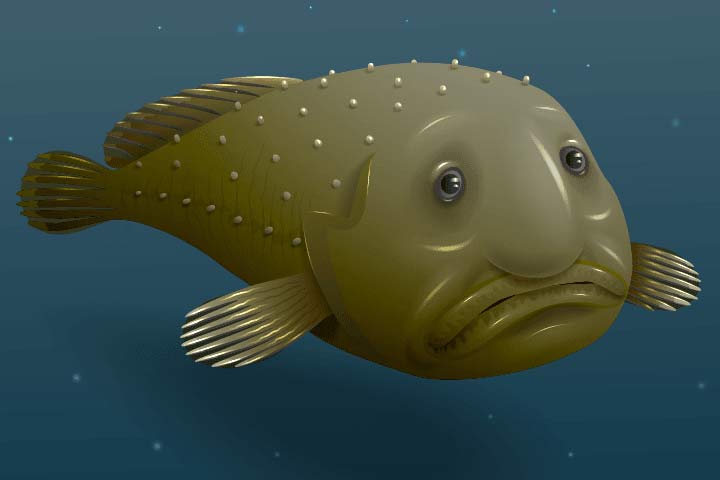
Enemies and Threats
Is the Blobfish Endangered?
Even if blobfish don’t have any natural enemies, it is one of those threatened species that is caught up in the nets of deep sea fishers.
Behavior
How Does the Blobfish Hunt Its Prey?
The blobfish hardly has any muscles. It just floats over the ocean floor until prey comes close and it can attack.
Fun Facts
The Ugliest Animal
The Blobfish is officially The Ugliest Animal in the World.
The facts above were submitted by animalfunfacts.net fan Rosa. Thanks for your amazing article! Do you want to write a fan factsheet?
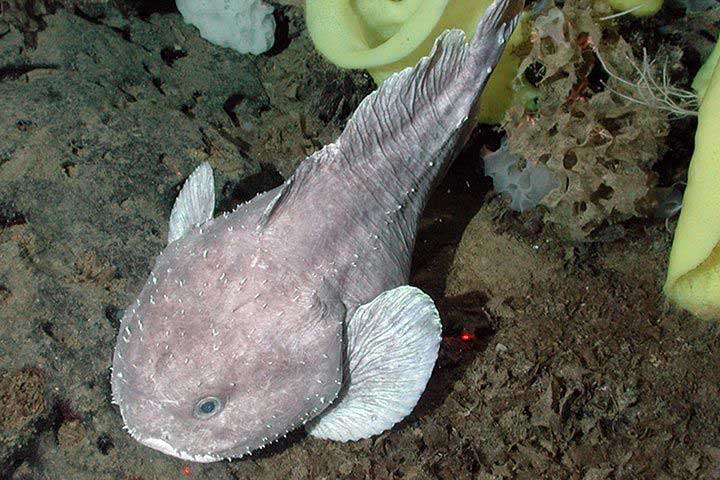
- Find Out More:
- Remora Facts









